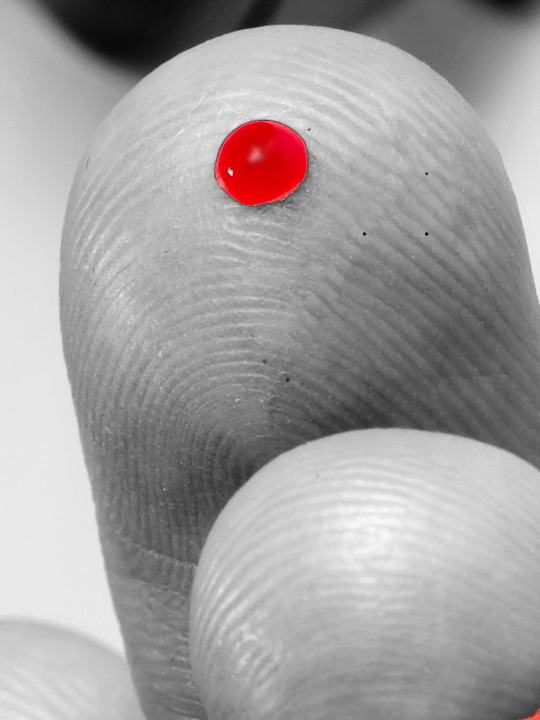Experts detail diabetes split
 Experts say diabetes should be treated as five separate illnesses.
Experts say diabetes should be treated as five separate illnesses.
Separating adult-onset diabetes cases into five different types, rather than just type 1 or type 2, might help to better tailor early treatment for patients, and could represent a first step towards precision medicine in the disease, according to a new analysis.
The five types of the disease found in the study had different characteristics and were associated with different complications, illustrating the varied treatment needs of patients with diabetes.
Rates of diabetes are increasing worldwide, faster than for any other disorders, representing a significant cause of ill health worldwide. However, the medical classification of diabetes has not been updated for 20 years and mainly relies on measuring blood glucose levels.
While type 1 diabetes is generally diagnosed in childhood and caused by the body not producing enough insulin, type 2 diabetes occurs when the body cannot produce enough insulin to meet the increased demands imposed by obesity and insulin resistance, and typically occurs later in life.
Most diagnosed cases of diabetes are type 2 (75 to 85 per cent), and while it is known that type 2 diabetes is highly variable, few attempts have been made to explore these distinctions.
“Evidence suggests that early treatment for diabetes is crucial to prevent life-shortening complications. More accurately diagnosing diabetes could give us valuable insights into how it will develop over time, allowing us to predict and treat complications before they develop,” says lead author of the study Professor Leif Groop, Lund University Diabetes Centre (LUDC), Sweden, and Institute for Molecular Medicine Finland (FIMM).
“Existing treatment guidelines are limited by the fact they respond to poor metabolic control when it has developed, but do not have the means to predict which patients will need intensified treatment. This study moves us towards a more clinically useful diagnosis, and represents an important step towards precision medicine in diabetes.”
The study analysed almost 15,000 diabetes patients across Sweden and Finland, and found the five types of diabetes were distinct, including three severe and two mild forms of the disease.
Among the severe forms, there was one group with severe insulin resistance and a significantly higher risk of kidney disease than the other types (cluster 3/severe insulin-resistant diabetes, affecting 11 to 17 per cent of patients), and a group of relatively young, insulin-deficient individuals with poor metabolic control but no auto-antibodies (cluster 2/severe insulin-deficient diabetes, affecting 9 to 20 per cent).
The other severe group were insulin-deficient patients who had auto-antibodies associated with autoimmune diabetes (cluster 1/severe autoimmune diabetes, affecting around 6 to 15 per cent), a form of diabetes formerly called type 1 diabetes, or latent autoimmune diabetes in adults (LADA).
The most common form of the disease was one of the more moderate forms of diabetes, which was seen in elderly people and affected 39 to 47 per cent of patients (cluster 5, or mild age-related diabetes). The other mild form of diabetes (cluster 4, or mild obesity-related diabetes) was mainly seen in obese individuals and affected 18 to 23 per cent of patients.
All five types of diabetes were also genetically distinct, with no mutations associated with all types of the disease. This supports the idea that the five types of diabetes are not simply different stages of the same disease.
The authors note some limitations, including that the study cannot confirm that the five types of adult-onset diabetes have different causes, nor whether patients’ type of disease changes over time. The study only involved Scandinavian patients, so will need to be confirmed in other populations.
Future research will be needed to test and refine the five types of the disease by including biomarkers, genotypes, genetic risk scores, blood pressure and blood lipids.








 Print
Print